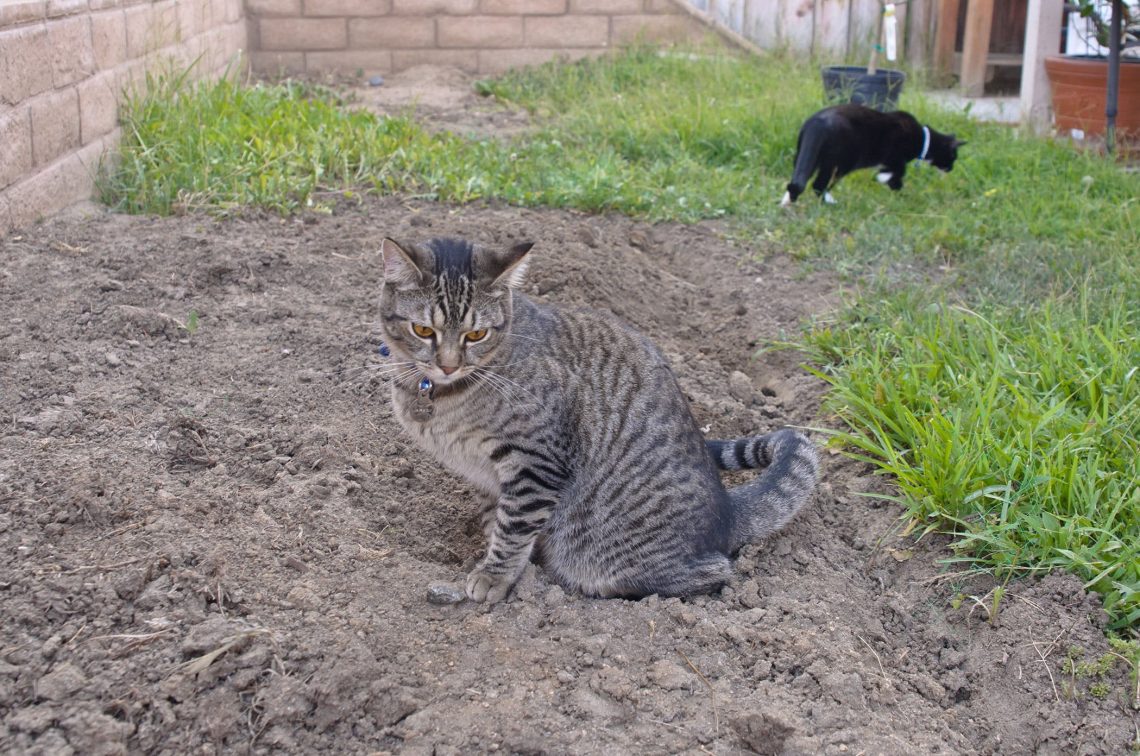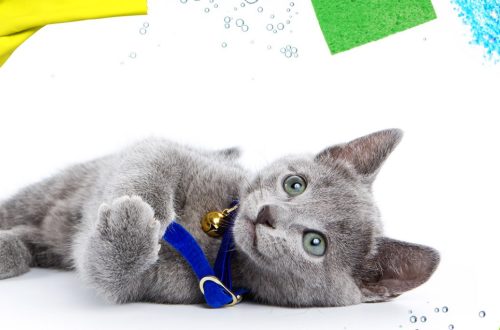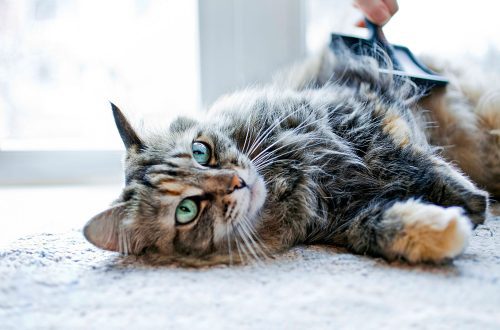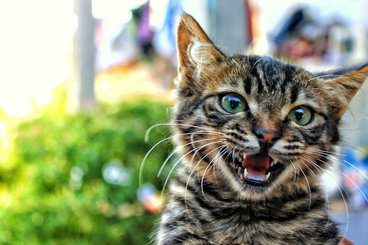
Campylobacteriosis in cats: symptoms and treatment
Contents
Campylobacteriosis and its causes
Campylobacteriosis in cats is an acute intestinal disease caused by the bacterium Campylobacter jejuni. The bacterium is contagious to both cats and humans. You can become infected through direct contact with an infected animal, as well as caring for a sick cat. Pets with a weakened immune system and kittens are most susceptible to the disease.
In addition to contact with a sick animal, a cat can become infected when eating food or water that contains bacteria. Campylobacter jejuni is incredibly hardy – it can withstand very low temperatures up to freezing, can live in water for a long time and persist on surfaces.
Members of the feline family become infected much less often than dogs, and most of them carry the infection almost asymptomatically.
Symptoms, diagnosis, treatment and care
In the main risk group – kittens under six months old. Symptoms are similar to many other intestinal diseases:
- prolonged diarrhea, sometimes with an admixture of mucus or blood, which is accompanied by pain in the abdomen;
- watery vomiting;
- refusal of food and water;
- gradual weight loss;
- dullness of the coat.
If you find similar symptoms, you should immediately contact a veterinary clinic. A neglected disease in a young pet or in a cat with a weakened immune system can lead to complications and even death. Diagnosis is carried out in a clinic. The veterinarian will prescribe blood and stool tests, conduct a visual examination and diagnose. Since the symptoms are similar to those of gastroenteritis, your doctor may order additional tests, such as ultrasounds and bowel tests.
Treatment includes medication at home – the cat will have to take prescribed antibiotics. Symptomatic treatment will also require a strict diet. During treatment, you need to isolate the cat from other animals and from small children in order to avoid infection.
disease prevention
For the prevention of campylobacteriosis, the following recommendations should be followed:
- The cat’s diet and food should be agreed with a veterinarian, especially if she has a weakened immune system. It is best to feed the animal with high-quality industrial feed: their composition is balanced in terms of the amount of vitamins, minerals and trace elements.
- Raw meat, eggs, or fish should not be offered to pets.
- The cat should always have access to fresh water, especially during the hot season. You need to change the water in the bowl several times a day, but it is better to start a drinking fountain.
- If the cat has access to the street, you should not let it walk without supervision. It is better to use a harness and leash, and also try to avoid contact with other animals. It is important to ensure that the cat does not pick up anything.
At the slightest suspicion of an intestinal disease in a pet, you should contact a veterinary clinic. For any disease, the sooner treatment is started, the more chances for a quick and comfortable recovery with a minimum amount of medication. Advanced cases are much more difficult to treat and may cause health problems in the future.
See also:
- Caring for Your Cat’s Health with Clinically Tested Hill’s Diet Foods
- How to support the immunity and health of a cat
- The most common cat diseases: symptoms and treatment





